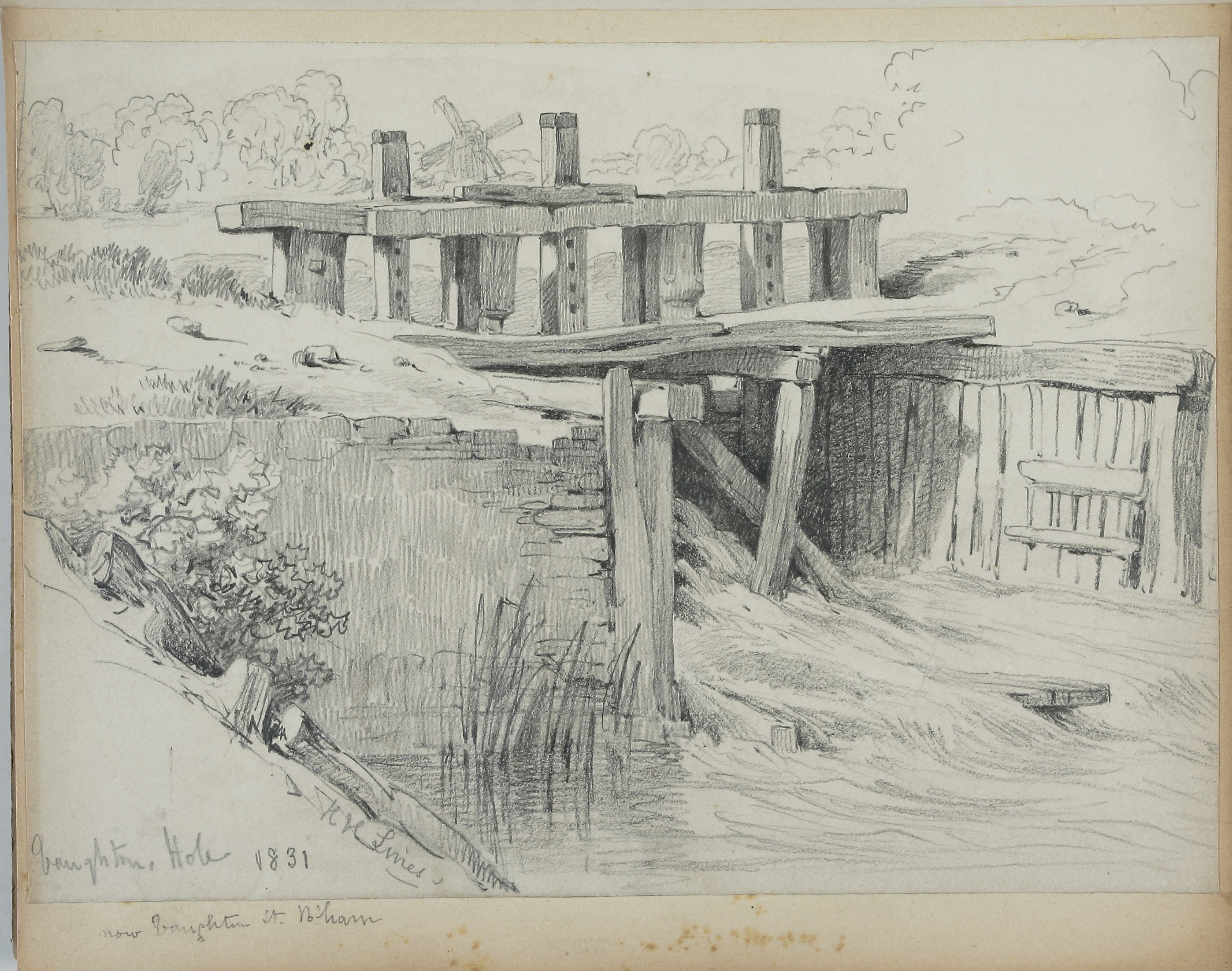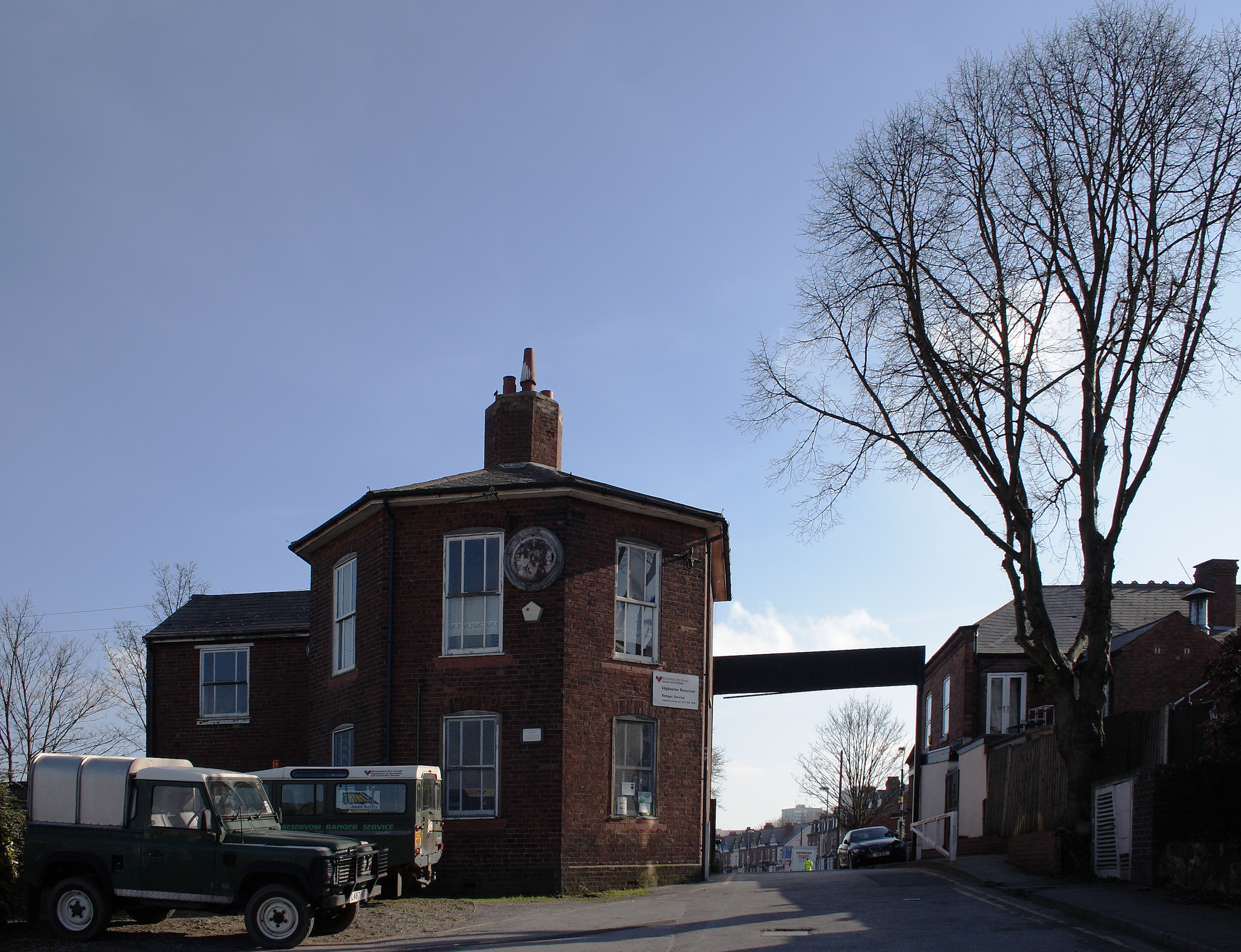|
Lifford Reservoir
Lifford Reservoir in the Kings Norton district of Birmingham, England was built by the Worcester & Birmingham Canal company in 1815 to compensate Lifford Mill for water lost to the canal. It is located at the junction of the Stratford-upon-Avon Canal and the Worcester and Birmingham Canal and is on the River Rea Cycle Route. Angling is permitted subject to a charge outside the spring close season. Fish in the reservoir include tench, carp, pike, eels, perch, roach and bream. Its capacity is , retained by an earthfill dam.Environment Agency public register of Large Raised Reservoirs, as at 2 November 2020, via See also * |
Birmingham
Birmingham ( ) is a City status in the United Kingdom, city and metropolitan borough in the metropolitan county of West Midlands (county), West Midlands, within the wider West Midlands (region), West Midlands region, in England. It is the List of English districts by population, largest local authority district in England by population and the second-largest city in Britain – commonly referred to as the second city of the United Kingdom – with a population of million people in the city proper in . Birmingham borders the Black Country to its west and, together with the city of Wolverhampton and towns including Dudley and Solihull, forms the West Midlands conurbation. The royal town of Sutton Coldfield is incorporated within the city limits to the northeast. The urban area has a population of 2.65million. Located in the West Midlands (region), West Midlands region of England, Birmingham is considered to be the social, cultural, financial and commercial centre of the Midland ... [...More Info...] [...Related Items...] OR: [Wikipedia] [Google] [Baidu] |
Perch
Perch is a common name for freshwater fish from the genus ''Perca'', which belongs to the family Percidae of the large order Perciformes. The name comes from , meaning the type species of this genus, the European perch (''P. fluviatilis''). Many species of freshwater game fish more or less resemble perch, but belong to different genera. In fact, the exclusively saltwater-dwelling red drum (which belong to a different order Acanthuriformes) is often referred to as a "red perch", though by definition perch are freshwater species. Though many fish are referred to as perch as a common name, to be considered a true perch, the fish must be of the family Percidae. Species Most authorities recognize three species within the perch genus: * The European perch (''P. fluviatilis'') is primarily found in Europe, but a few can also be found in South Africa, and even as far east on the Southern hemisphere as Australia. This species is typically greenish in color with dark vertical ba ... [...More Info...] [...Related Items...] OR: [Wikipedia] [Google] [Baidu] |
Reservoirs In Birmingham, West Midlands
A reservoir (; ) is an enlarged lake behind a dam, usually built to store fresh water, often doubling for hydroelectric power generation. Reservoirs are created by controlling a watercourse that drains an existing body of water, interrupting a watercourse to form an embayment within it, excavating, or building any number of retaining walls or levees to enclose any area to store water. Types Dammed valleys Dammed reservoirs are artificial lakes created and controlled by a dam constructed across a valley and rely on the natural topography to provide most of the basin of the reservoir. These reservoirs can either be ''on-stream reservoirs'', which are located on the original streambed of the downstream river and are filled by creeks, rivers or rainwater that runs off the surrounding forested catchments, or ''off-stream reservoirs'', which receive diverted water from a nearby stream or aqueduct or pipeline water from other on-stream reservoirs. Dams are typically loca ... [...More Info...] [...Related Items...] OR: [Wikipedia] [Google] [Baidu] |
River Rea
The River Rea (pronounced "ray") is a small river which passes through Birmingham, England. It is the river on which Birmingham was founded by the Beorma tribe in the 7th century. Name The name of the Rea derives from a root found in many Indo-European languages and means "to run" or "to flow". Course The Rea rises in Waseley Hills Country Park, with the source well signposted from the car park there. The river drops about in its first mile, but from then on has a very gentle slope. The river's tributaries include Callow Brook, the Bourne (which begins as Merritts Brook before joining Griffins Brook) and Bourne Brook. From Rubery, the river flows into Birmingham near the former Rover works at Longbridge, then flows through a tunnel under the A38. In Northfield, one of the river's few remaining fords is at The Mill Walk, near Hawkesley Mill Lane. After this, the river valley is also used by the railway to Kings Norton. Wychall Reservoir, near the river at Kings Nor ... [...More Info...] [...Related Items...] OR: [Wikipedia] [Google] [Baidu] |
Wychall Reservoir
Wychall Reservoir, is a canal compensation reservoir in the Kings Norton district of Birmingham, England. It was built in the early 19th century by the Worcester Canal Company, after mill owners claimed that water was being taken from the River Rea to fill the canal, thereby reducing the working effectiveness of their mills. Now defunct as a reservoir it has been adopted by Birmingham City Council, along with the nearby Merecroft Pool, as a Local Nature Reserve. A low level of water is maintained with the drained area a combination of meadow, woodland and reedbed. See also *Edgbaston Reservoir *Lifford Reservoir Lifford Reservoir in the Kings Norton district of Birmingham, England was built by the Worcester & Birmingham Canal company in 1815 to compensate Lifford Mill for water lost to the canal. It is located at the junction of the Stratford-upon-Avon ... References River Rea Heritage Trail* Friends of Kings Norton Nature Reserve Canal reservoirs in England ... [...More Info...] [...Related Items...] OR: [Wikipedia] [Google] [Baidu] |
Edgbaston Reservoir
Edgbaston Reservoir, originally known as Rotton Park Reservoir and referred to in some early maps as Rock Pool Reservoir, is a canal feeder reservoir in Birmingham, England, maintained by the Canal & River Trust.Environment Agency public register of Large Raised Reservoirs, as at 2 November 2020, via It is situated close to Birmingham City Centre and is a Site of Importance for Nature Conservation. History Originally a small pool named Roach Pool in Rotton Park, it was extensively enlarged by Thomas Telford between 1824 and 1829 to supply water to the Birmingham and Wolverhampton Levels of the Birmingham Canal Navigations (BCN) canal system: via a culvert and the Engine Arm to the Wolverhampton Level, and via Icknield Port Loop at the foot of the dam to the lower Birmingham Level. It was excavated to a depth of 40 feet (12 metres) and covers an area of , holding of water, and was the largest expanse of water in Birmingham at the time. It is supplied by small streams and ... [...More Info...] [...Related Items...] OR: [Wikipedia] [Google] [Baidu] |
Bream
Bream (, ) are species of freshwater fish belonging to a variety of genera including '' Abramis'' (e.g., ''A. brama'', the common bream), '' Ballerus'', '' Blicca'', '' Brama'', '' Chilotilapia'', '' Etelis'', '' Lepomis'', '' Gymnocranius'', '' Lethrinus'', '' Nemipterus'', '' Pharyngochromis'', '' Rhabdosargus'', '' Scolopsis'', or '' Serranochromis''. Although species from all of these genera are called "bream", the term does not imply a degree of relatedness between them. Fish termed "bream" tend to be narrow, deep-bodied species. The name is a derivation of the Middle English word ''breme'', of Old French origin. Marine species The term sea bream is sometimes used for fish of the family (biology)">family Sparidae including ''Acanthopagrus'' (Australia), ''Argyrops spinifer, Argyrops'', gilt-head bream ''Sparus aurata'' (''orata'' in Italy, ''dorada'' in Spain), black seabream ''Spondyliosoma cantharus'' and red seabream '' Pagrus'' or '' Pagellus'' species; or pomfre ... [...More Info...] [...Related Items...] OR: [Wikipedia] [Google] [Baidu] |
Rutilus
''Rutilus'', commonly known as roaches, is a genus of freshwater ray-finned fish belonging to the family Leuciscidae, which includes the daces, Eurasian minnows and related fishes. This genus is a widely distributed lineage of leuciscids and ranges from West Europe to East Siberia. Taxonomy ''Rutilus'' was first proposed as a genus in 1820 by the French polymath Constantine Samuel Rafinesque with ''Cyprinus rutilus'' designated as the type species but also the type species by absolute tautonymy. ''Cyprinus rutilus'' was first formally described in the 10th edition of ''Systema Naturae'' by Carl Linnaeus with "European lakes" given as the type locality. In a phylogeographic study, Levin et al. (2017) argue that the Ponto-Caspian taxa including ''R. caspicus'', ''R. heckelii'' and ''R. stoumboudae'' could represent a single widespread species whose range extends to Siberia, to be named ''Rutilus lacustris'', whereas ''R. kutum'' is included in ''R. frisii''. Levin, B.A. ... [...More Info...] [...Related Items...] OR: [Wikipedia] [Google] [Baidu] |
Pike (fish)
''Esox'' is a genus of freshwater fish commonly known as pike or pickerel. It is the type genus of the family Esocidae. The type species of the genus is '' Esox lucius'', the northern pike. ''Esox'' have a fossil record extending back to the Paleocene. Modern large pike species are native to the Palearctic and Nearctic realms, ranging across Northern America and from Western Europe to Siberia in North Asia. Pike have the elongated, torpedo-like shape typical of predatory fishes, with sharply pointed heads and sharp teeth. Their coloration is typically grey-green with a mottled or spotted appearance with stripes along their backs, providing camouflage among underwater weeds, and each individual pike marking patterns are unique like fingerprints. Pikes can grow to a maximum recorded length of , reaching a maximum recorded weight of 67lb 8oz. Etymology The generic name ''Esox'' (pike fish) derives from the Greek ἴσοξ (''ee-soks'', a large fish) and appears to be cognate wi ... [...More Info...] [...Related Items...] OR: [Wikipedia] [Google] [Baidu] |
Reservoir
A reservoir (; ) is an enlarged lake behind a dam, usually built to water storage, store fresh water, often doubling for hydroelectric power generation. Reservoirs are created by controlling a watercourse that drains an existing body of water, interrupting a watercourse to form an Bay, embayment within it, excavating, or building any number of retaining walls or levees to enclose any area to store water. Types Dammed valleys Dammed reservoirs are artificial lakes created and controlled by a dam constructed across a valley and rely on the natural topography to provide most of the basin of the reservoir. These reservoirs can either be ''on-stream reservoirs'', which are located on the original streambed of the downstream river and are filled by stream, creeks, rivers or rainwater that surface runoff, runs off the surrounding forested catchments, or ''off-stream reservoirs'', which receive water diversion, diverted water from a nearby stream or aqueduct (water supply), aq ... [...More Info...] [...Related Items...] OR: [Wikipedia] [Google] [Baidu] |
Carp
The term carp (: carp) is a generic common name for numerous species of freshwater fish from the family (biology), family Cyprinidae, a very large clade of ray-finned fish mostly native to Eurasia. While carp are prized game fish, quarries and are valued (even pisciculture, commercially cultivated) as both food fish, food and ornamental fish in many parts of the Old World, they are considered trash fish and invasive species, invasive pest (organism), pests in many parts of Africa, Australia and most of the United States. Biology The cypriniformes (family Cyprinidae) are traditionally grouped with the Characiformes, Siluriformes, and Gymnotiformes to create the superorder Ostariophysi, since these groups share some common features. These features include being found predominantly in fresh water and possessing Weberian ossicles, an anatomical structure derived from the first five anterior-most vertebrae, and their corresponding ribs and neural crests. The third anterior-most pair ... [...More Info...] [...Related Items...] OR: [Wikipedia] [Google] [Baidu] |
Tench
The tench or doctor fish (''Tinca tinca'') is a freshwater, fresh- and brackish water, brackish-water fish of the order Cypriniformes found throughout Eurasia from Western Europe including Great Britain, Britain and Ireland east into Asia as far as the Ob River, Ob and Yenisei Rivers. It is also found in Lake Baikal. It normally inhabits slow-moving freshwater habitats, particularly lakes and lowland rivers.B. Whitton (1982). ''Rivers, Lakes and Marshes'' p 163. Hodder & Staughton, London. Taxonomy The tench was first formally Species description, described in as ''Cyprinus tinca'' by Carl Linnaeus in 1758 in the 10th edition of Systema Naturae with its Type locality (biology), type locality given as "European lakes". In 1764 François Alexandre Pierre de Garsault proposed the new monospecific genus ''Tinca'', with ''Cyprinus tinca'' as the type species by absolute tautonymy. The 5th edition of ''Fishes of the World'' classified ''Tinca'' in the subfamily Tincinae, alongside th ... [...More Info...] [...Related Items...] OR: [Wikipedia] [Google] [Baidu] |








